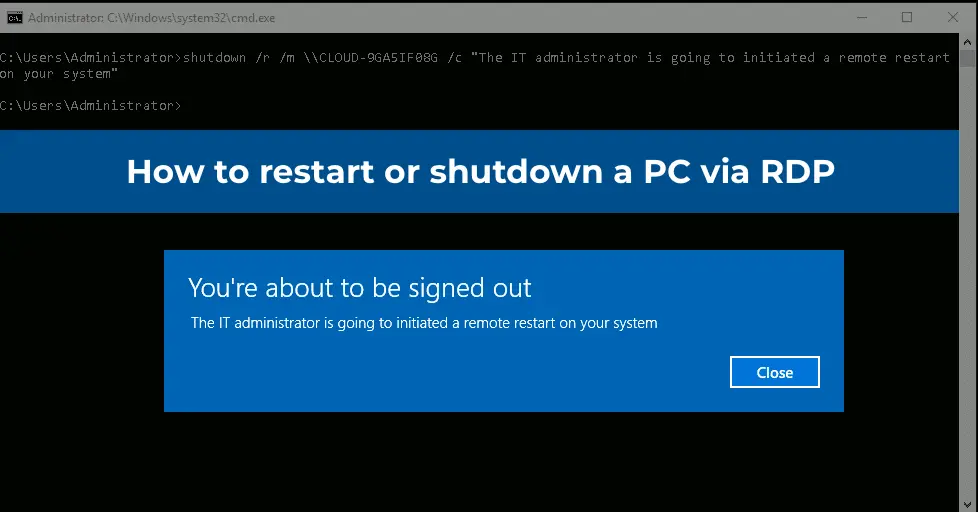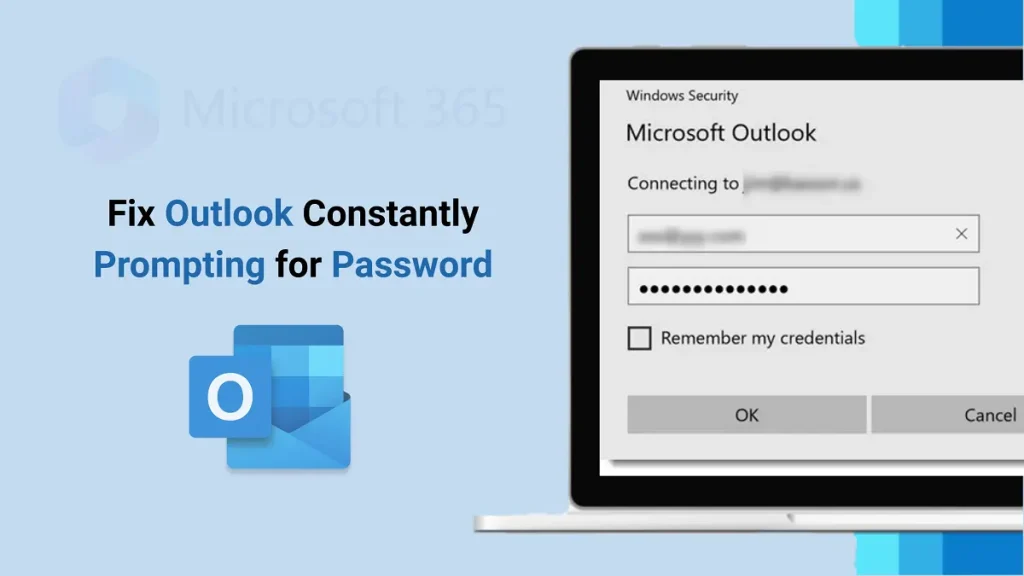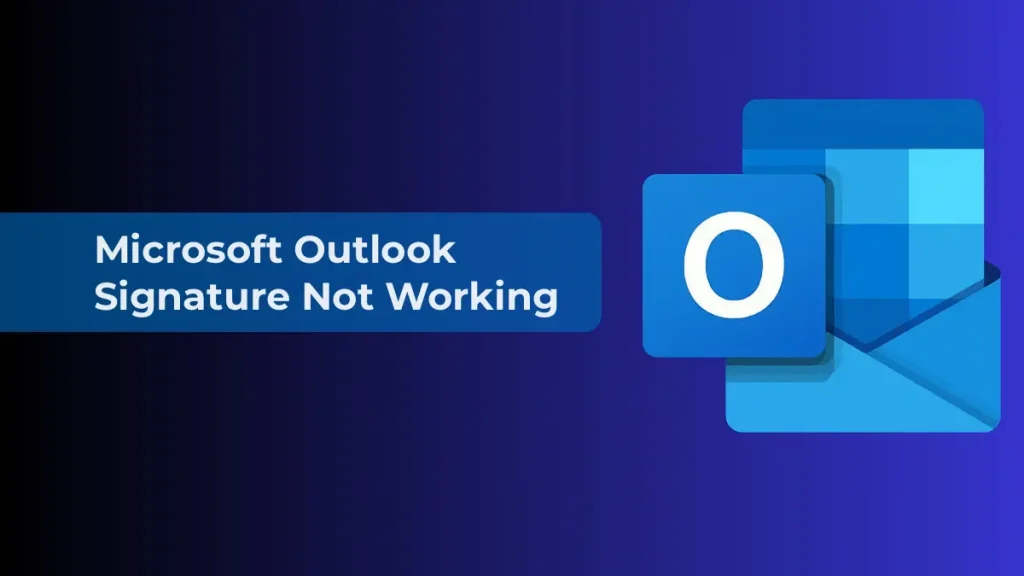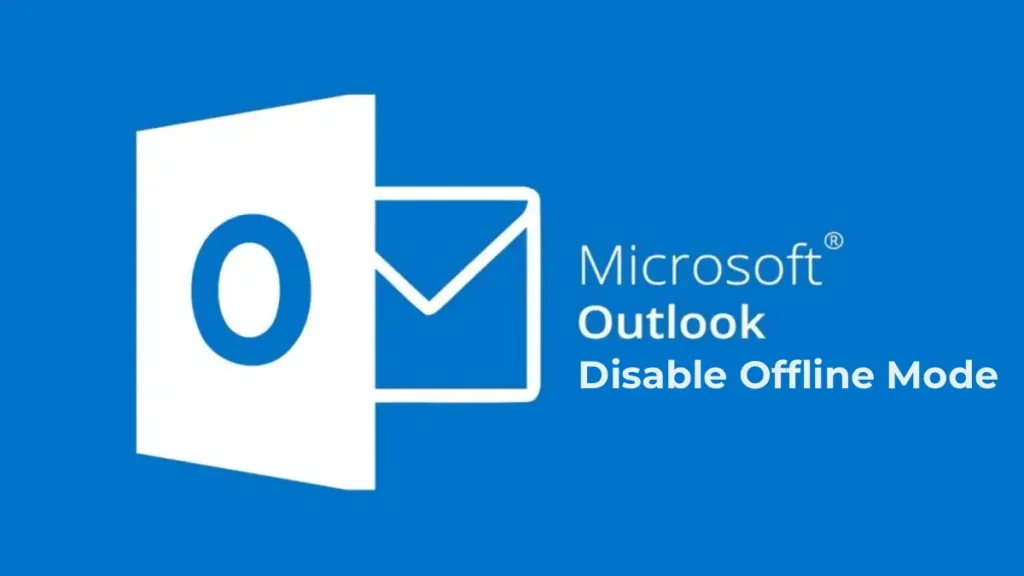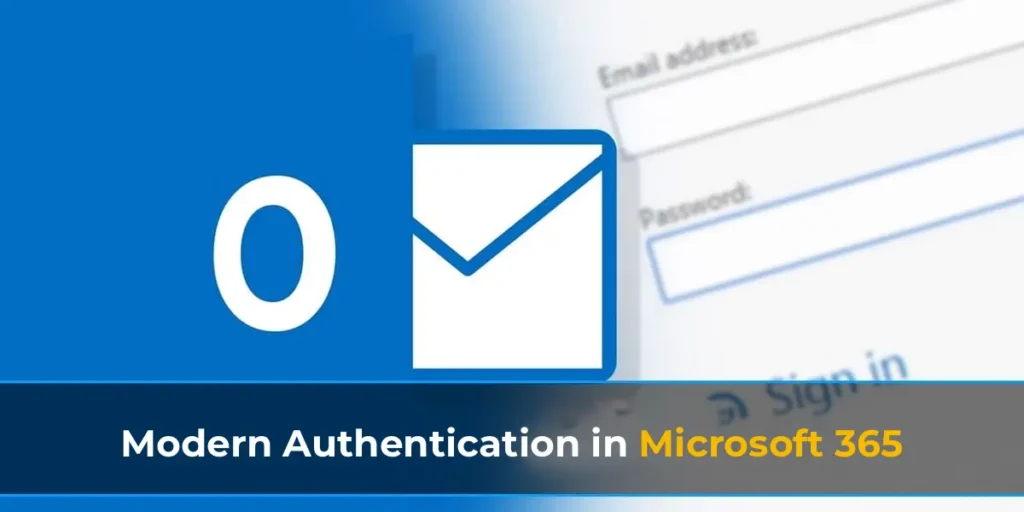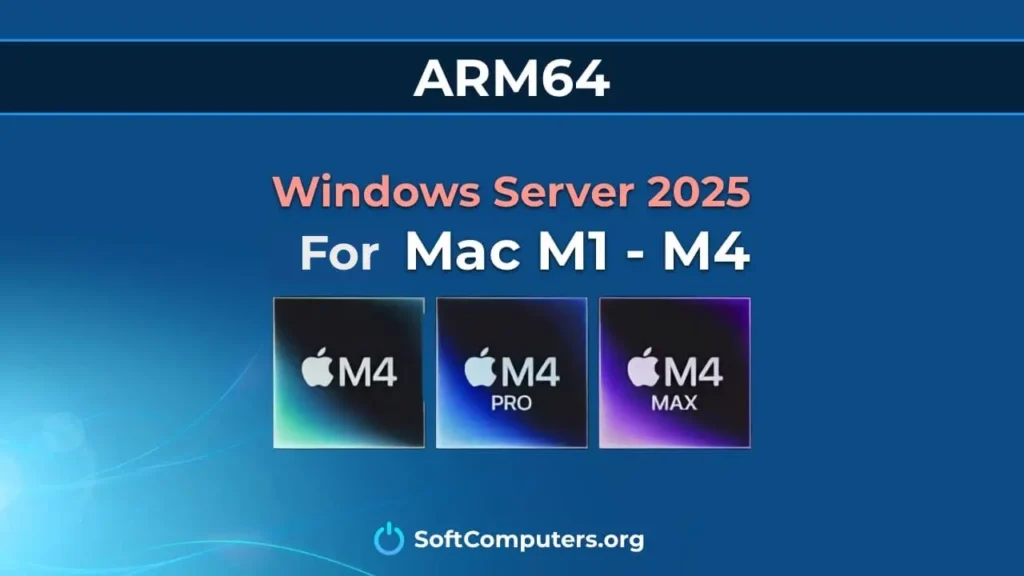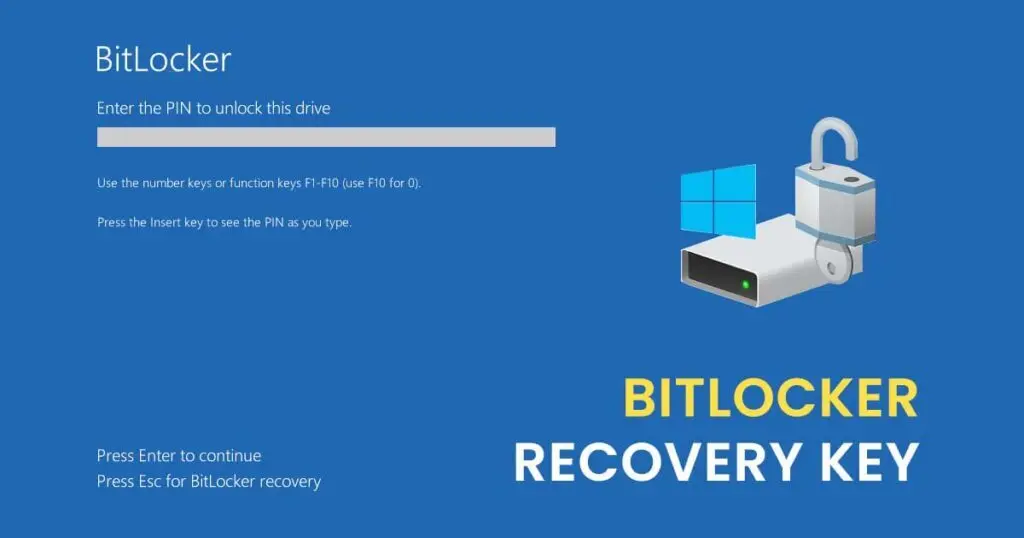Remote Desktop Protocol (RDP) is widely used not only for servers but also for workstations, whether for remote work or administration. However, client versions of Windows have a notable limitation: even with local administrator privileges, you cannot directly control power settings. This can cause issues in certain scenarios. If you’re unsure how to shut down or restart a client Windows OS via RDP, this article will guide you through the process.
In server editions of Windows, the situation is different: local administrators have full control, including power management, even when connected via RDP.
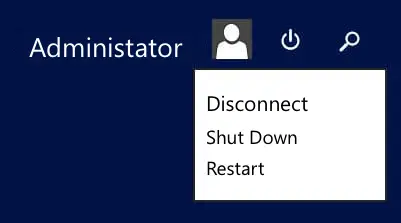
However, client OS versions lack these capabilities by default.

This restriction makes sense: remotely shutting down a workstation makes it difficult to turn it back on without physical access. Thus, developers limited these features, assuming administrators would use alternative methods to manage such tasks.
If you haven’t encountered this issue before, don’t worry. As a wise teacher once said: “It’s shameful to ask for a minute, but to not know is shameful for a lifetime.”
Graphical Method
Despite the apparent limitation, the solution is often simpler than it seems. While on the remote PC’s desktop, press Alt+F4 to display the standard system shutdown dialog.
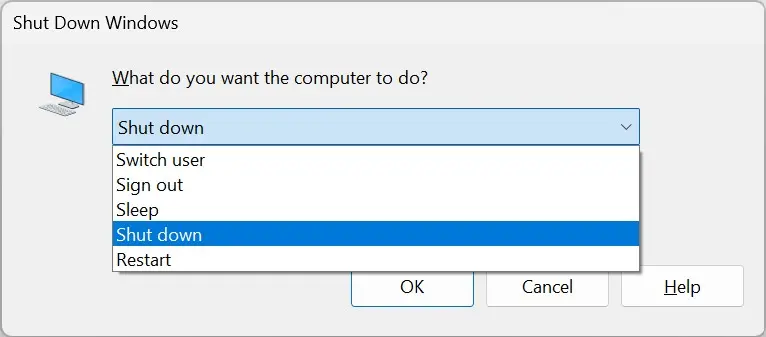
However, this method has a significant drawback: open programs (e.g., unsaved documents) can prevent shutdown or restart. On a physical PC, a dialog would prompt to force-close such programs, but this dialog is not visible via RDP. If the process hangs, you’ll need alternative methods.
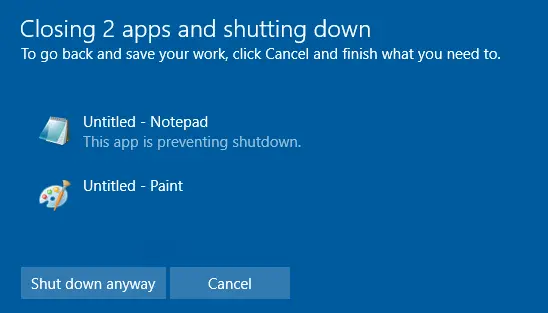
Command Line
When graphical tools fail, the Command Prompt comes to the rescue. Memorize one simple command. Open the Run dialog (Win+R) or navigate to Start → Run and enter the appropriate command:
For shutdown:
shutdown -s -f -t 0
For restart:
shutdown -r -f -t 0
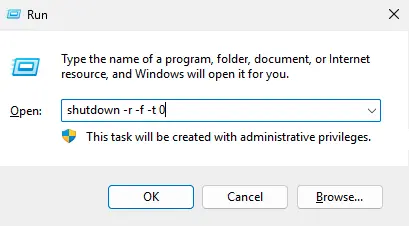
Parameter breakdown:
– s: Shutdown the system
– r: Restart the system
– f: Force-close applications preventing shutdown
– t: Delay in seconds before executing the command (0 for immediate action)
If the t parameter is omitted, the command executes after 60 seconds by default.
PsShutdown Utility from Sysinternals
If the built-in command doesn’t meet your needs, consider third-party tools like PsShutdown from Sysinternals. After downloading, place it in a directory included in the PATH environment variable or add its location to PATH. This allows you to run the utility without specifying its full path.
The syntax is similar but slightly different:
For shutdown:
psshutdown -k -f -t 0
For restart:
psshutdown -r -f -t 0
Parameters:
– k: Power off
– r: Restart
– f: Force-close processes
– t: Delay before execution
Using -s instead of -k shuts down the system without powering off.
Additionally, PsShutdown can manage remote PCs over the network. The standard shutdown command also supports this with the -m \\computer parameter, but it runs in the context of the current user, making remote shutdown from home challenging, even with VPN and admin credentials.
PsShutdown overcomes this limitation. By specifying credentials, you can restart or shut down remote machines:
psshutdown \\computer -u username -p password -r -f -t 0
Here, username and password are credentials with access to the ADMIN$ administrative share. In an Active Directory environment, domain administrators have these rights. In a workgroup, additional configuration may be required.
If you receive an “Access Denied” error when attempting to shut down a remote system as a local administrator:
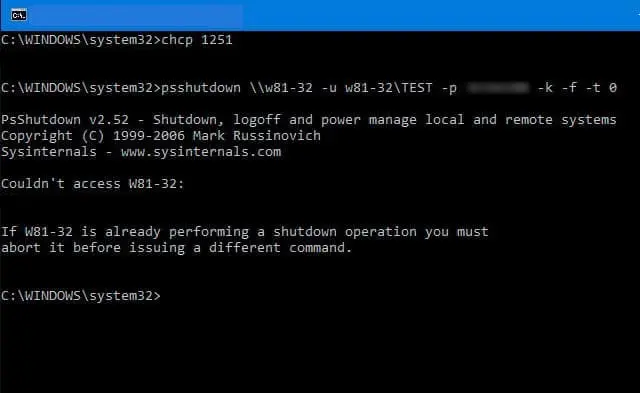
This indicates the user lacks access to the ADMIN$ share. To fix this, enable file and printer sharing.
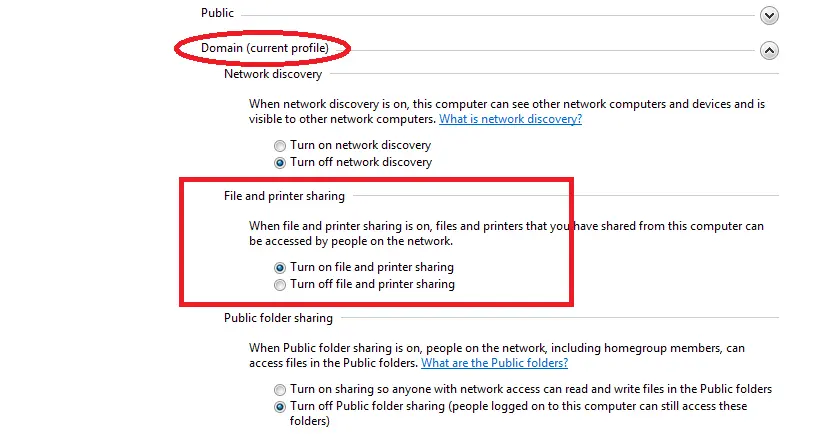
Then, in the registry at:
HKEY_LOCAL_MACHINE\Software\Microsoft\Windows\CurrentVersion\Policies\System
Add a DWORD parameter named LocalAccountTokenFilterPolicy and set its value to 1. Restart the computer, and the command should work.
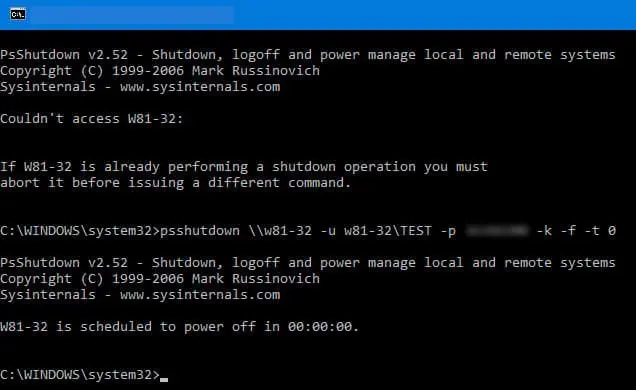
PowerShell
Using PowerShell for shutdown or restart may seem excessive, but it can be convenient.
For shutdown:
Stop-Computer -Force
For restart:
Restart-Computer -Force
The -Force parameter is equivalent to -f in the shutdown command, forcing the closure of hung applications.
PowerShell also supports remote management, for example:
Stop-Computer -ComputerName computer -Credential username -Force
Here, ComputerName is the name of the remote machine (multiple names can be specified, separated by commas), and Credential is the authentication account. PowerShell is more secure, as passwords are not stored in plain text or command history.
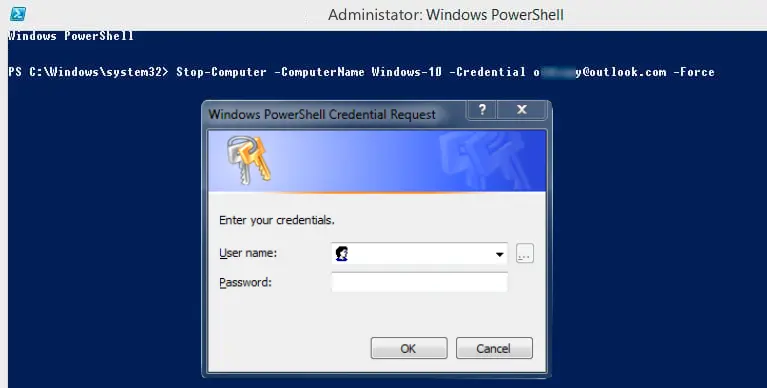
As you can see, Windows offers multiple ways to manage a remote computer’s power settings during an RDP session. The choice of tool—standard commands, third-party utilities, or PowerShell—depends on your preferences and specific requirements.





